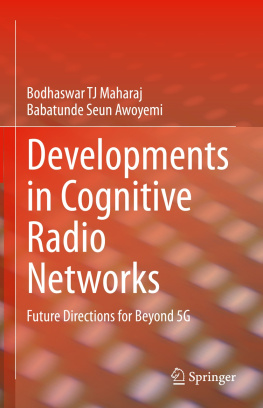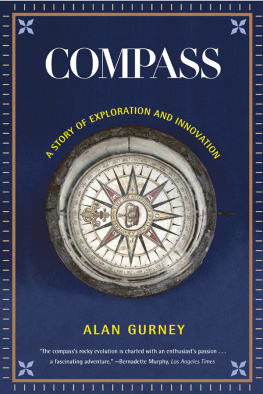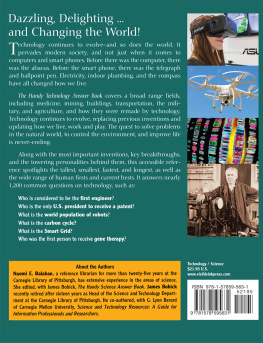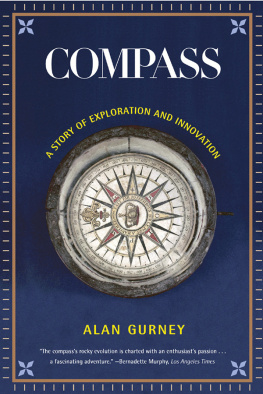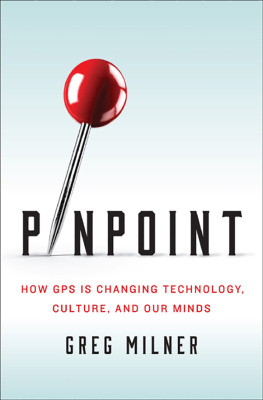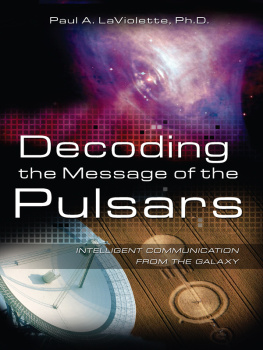
Copyright 2014 by Hiawatha Bray
Published by Basic Books,
A Member of the Perseus Books Group
All rights reserved. No part of this book may be reproduced in any manner whatsoever without written permission except in the case of brief quotations embodied in critical articles and reviews. For information, address Basic Books, 250 West 57th Street, 15th Floor, New York, NY 101071307.
Books published by Basic Books are available at special discounts for bulk purchases in the United States by corporations, institutions, and other organizations. For more information, please contact the Special Markets Department at the Perseus Books Group, 2300 Chestnut Street, Suite 200, Philadelphia, PA 19103, or call (800) 810-4145, ext. 5000, or e-mail .
Designed by Trish Wilkinson
Set in 11.5 point Goudy Old Style
A CIP catalog record for this book is available from the Library of Congress.
ISBN: 978-0-465-08098-4 (e-book)
10 9 8 7 6 5 4 3 2 1
To my wife, Dimonika, who came halfway around the world to end up with me.
Hope it was worth the trip.
Contents
I WENT LOOKING FOR A MAP OF BOSTON, AND, PREDICTABLY, I GOT lost. Bostons serpentine streets, many of them unlabeled, are a snare for the unprepared. Luckily, my smartphone soon put me on the right track and brought me to the great Georgian Revival building on Boylston Street that houses the Massachusetts Historical Society. Among the gems of the collection is a tanned and tattered map of Boston, created in 1722 by a British sea captain named John Bonner. Believed to be the first map of the city to be run off on a printing press, Bonners work and its subsequent revisions would be republished and sold to Bostons residents and transients for the next century or so.
This map would not have helped me find the historical society, or even the land it rests upon; it was salt marsh in Bonners day and beyond the city limits. Yet it is a detailed and thorough work, displaying the major wharves that supported Bostons seaborne trade, as well as many prominent buildings, including churches, grammar schools, and the Bridewellthe city jail. Bonner counted forty-two streets, thirty-six lanes, twenty-two alleys, and three thousand houses. Theres no knowing how long he spent in accumulating so much data, but Bonner was about eighty years old when the first edition was published, and he passed away three years later.
Owner of several ships, husband of four wives, and a naval veteran of Queen Annes War, Bonner would have been accustomed to hard work. So would any mapmaker of that era, when accurate geographical knowledge was so difficult to obtain and the tools for acquiring it so rare and so primitive.
But it is a safe bet that no one will ever work so hard to make a map of our planet, or any part of it. Not too many years ago, great swaths of the world were mapped in only the most primitive, notional sense. Today, the geographical details of nearly every place have been charted in remarkable detail. And many of those places are remapped, thousands of times over, every day, by you and me.
As I read the street map on my smartphone, the map also read me, broadcasting my movements to a database maintained by Google, the giant Internet company that created the phones software. Google followed me to the historical society. Its server computers timed my footsteps, noted my detours, compared my journey to the archived records of thousands of others heading to the same destination. The phone even listened for the gentle chatter of wireless Internet routers, calculated the location of each transmitter, and then added it to a map almost as precise as the ones generated by satellite radio signals and aerial photographs.
Chances are, by tracking me, Google learned nothing it had not already known. But every previously undetected Internet signal, every untimely traffic jam, adds one more data point to the map. Even the time of your journey matters, for the quickest way to get someplace changes by the day and the hour. So Googles calculation of optimum routes and arrival times is based partly on historical data. How long does it take to get there on a typical Monday at four or Sunday at noon? By collecting fresh data from thousands of smartphones every minute, the directions they give us become ever more precise.
The famed Argentine writer Jorge Luis Borges once told of a kingdom whose cartographers created a Map of the Empire whose size was that of the Empire, and which coincided point for point with it. A map of such vast size is no more than bizarre, delightful fantasy. But when it comes to detailed, point-for-point representation of the real world, Borgess ideal map is just about within reach. Aircraft and satellites photograph every inch of the world, while sensor vehicles crammed with radars and laser range finders cruise our streets, photographing our front doors and the number of cars in our driveways.
And then there are the location sensors masquerading as portable telephones, carried in the purses and hip pockets of two-thirds of the human race. Those of us who use them are helping to remap the world every day. We are a global band of freelance cartographers, continuing the work of millennia, begun by smarter, tougher people who actually knew what they were doing.
Mapmaking is vital work, but not without risk. The Portuguese Ferdinand Magellan got himself killed before he could complete the first voyage around the globe; it took Henry Morton Stanley three years to trace the Congo River through Africa, and more than half the members of his expedition died along the way.
We casual mapmakers are in no danger of losing our lives; instead, we are at risk of losing our privacy. As they measure the world around us, the devices in our pockets also take the measure of their owners. They create four-dimensional maps that measure our locations not just in space, but also in time. A permanent record of our movements over days, months, and years, these maps can reveal the most salient details of our livespolitical and religious beliefs, suspicious friendships, bad habits.
Much of this information is accumulated by corporations like Google and the major cell phone carriers. They mine it for insights about our tastes and habits, the better to target those profitable little ads that pop up on our phones. But in May 2013, a series of revelations by Edward Snowden, a former technician at the US National Security Agency, revealed that American intelligence agencies also scrutinize these databases, enabling them to subject millions of citizens to near-constant location surveillance. Perhaps the NSAs methods have made us a little safer from assault by terrorists, but they have also sown distrust of our own government. Many of us fret that our phones have become battery-powered snitches, betraying our secrets by recording our whereabouts.
Yet few technological marvels have been as marvelous as humanitys victory over the mysteries of location. For most of human history, simply finding our way to some distant place or person was nearly as daunting as planning a trip to the moon. There were no decent maps of the destination or of the land or sea routes leading to it. And even when there were, people lacked reliable tools of navigation to ensure that they were constantly on course. As recently as the nineteenth century, our navigational aids were still remarkably primitive, and great swaths of the planets surface had yet to be properly mapped.
Next page


